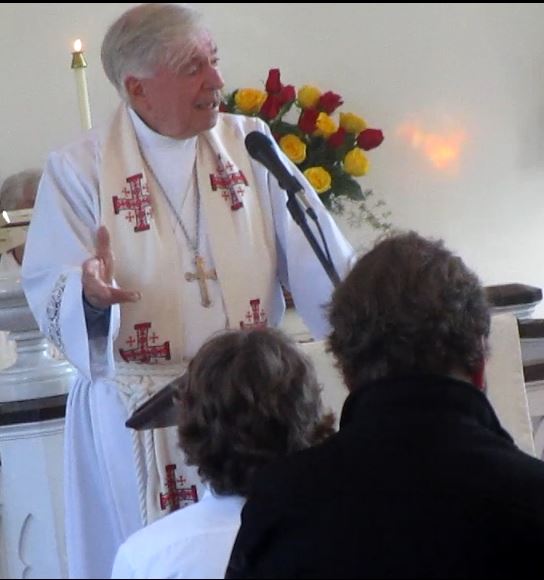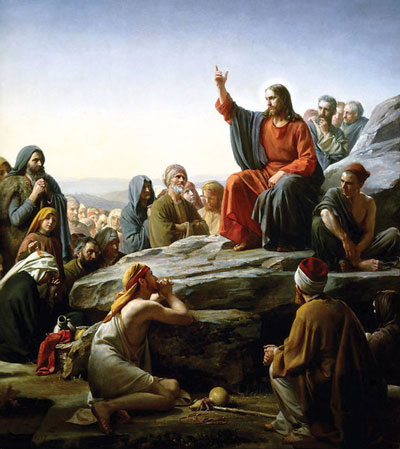
The Prayers of the People
We give you thanks for those we have known and loved in this lifetime who rejoice with us, but upon another shore and in a greater light, that multitude which no one can number, and with whom, in your son Jesus Christ, we are one.
James Abourezk, (friend of Linda Kramer), John Anderson (brother of Jim Anderson), Susan Allen (friend of Linda Kramer), Bethune Andrews (sister of Linneth Feliciano), Ruby Barnes (sister of Laura Carey), Mattie Beale (friend of Mary Peterman and Denise Gregory), Easton Buchanan (cousin of Andrea Pogue), John Thomas Carter (Barbara Wisdom’s stepfather), Roger Chartters (friend of the Segars), Pansy Cohen (relative of Andrea Pogue) , Herb Collins (friend of Cookie Davis and Port Royal), David Fannon, David Fitzgerald (son of Lydia O’Neil), Lynn Garrett, Edward Geraci, (brother of Marion Mahoney), Louise Gossett (friend of Catherine Hicks) , Taylor Hayden (member of Scout Troop 304), Joan Johnson (Andrea Pogue’s family) , Billy Long (Larry Saylor’s brother-in- law) Bill McKnight (Chris Fisher’s uncle) , Nancy Newton Nolen (friend of Barabara Segar), Beverly Pauken (Mary Peterman’s sister), Sandra Smith, John Stoddard (friend of the Upshaws), Paris Swisher ( friend of Tom and Alice Hughes), Edith Taylor (friend of Cookie Davis), John Vartonklan, MD., Robert Walker, Jane Harrington Webber (Linda Kramer’s aunt), Jeremiah Williams
Tolling of the Bell
“We Remember Them”- Sylvan Kamens & Rabbi Jack Riemer
At the rising of the sun and at its going down; We remember them.
At the blowing of the wind and in the chill of winter; We remember them.
At the opening of the buds and in the rebirth of spring; We remember them.
At the blueness of the skies and in the warmth of summer; We remember them.
At the rustling of the leaves and in the beauty of the autumn; We remember them.
At the beginning of the year and when it ends; We remember them.
When we are weary and in need of strength; We remember them.
When we are lost and sick at heart; We remember them.
When we have decisions that are difficult to make; We remember them.
When we have joy we long to share; We remember them.
When we have achievements that are based on theirs; We remember them.
For as long as we live, they too will live, for they are now a part of us as, we remember them.
Loving God, you have bound us together in one communion and fellowship. Grant to us, your whole Church in heaven and on earth, your light and your peace as we continue on in our pilgrimage in faith with one another and with Jesus, our companion and friend. Amen.
And now, let us pray for an end to all violence and for the desire to walk the way of Jesus, for if only we follow that path, we will find God’s reign of love here, on this earth.
Lord, make us instruments of your peace. Where there is hatred, let us sow love; where there is injury, pardon; where there is discord, union; where there is doubt, faith; where there is despair, hope; where there is darkness, light; where there is sadness, joy. Grant that we may not so much seek to be consoled as to console; to be understood as to understand; to be loved as to love. For it is in giving that we receive; it is in pardoning that we are pardoned; and it is in dying that we are born to eternal life. Amen.




